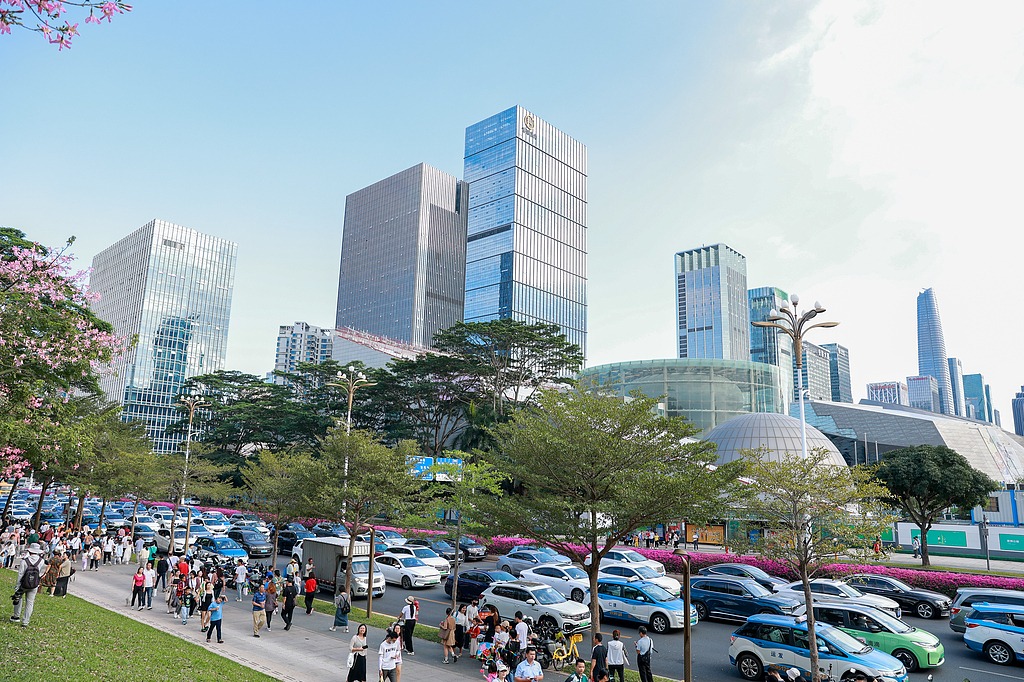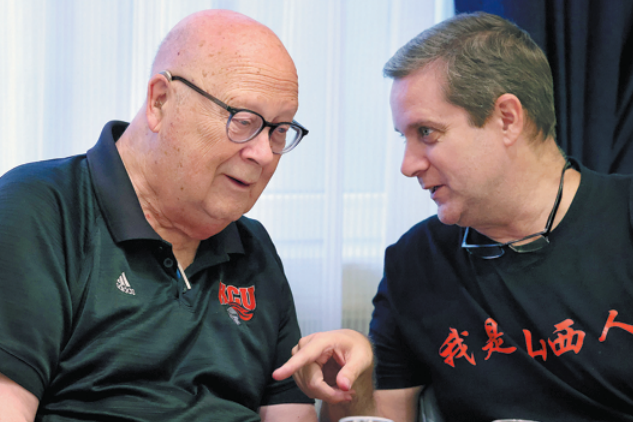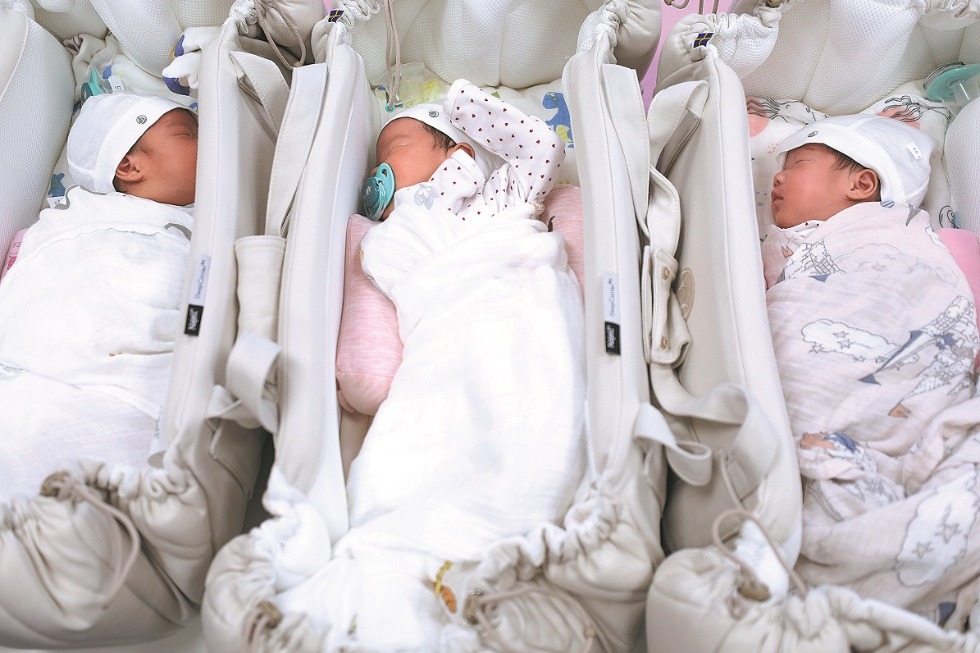Hyaluronic acid producers benefit from beauty boom
By Liu Zhihua | China Daily | Updated: 2019-08-07 10:25

From 2013 to 2017, the amount of hyaluronic acid sold in China annually increased from 124.9 metric tons to 308.1 tons, with an average yearly growth of 25.3 percent, it said.
The report said the cosmetic surgery industry is becoming the most important consumption sector for hyaluronic acid, because hyaluronic acid used in cosmetic procedures, through injection or external use, needs to be repeated regularly to sustain the effects.
The report estimated that sales of hyaluronic acid in China will grow 14.1 percent on average each year from 2018 to 2022, to reach 613.2 tons.
The size of the hyaluronic acid market in China was 7.83 billion yuan in 2017, with average annual growth from 2013 reaching 36.6 percent, it said.
Since Restylane from Sweden's Q-Med received market launch approval from Chinese health authorities in 2008, competition in China's hyaluronic acid market has intensified with increasing numbers of new drug applications in recent years.
In 2012, Bloomage Biotech's Biohyalux was approved by Chinese authorities, becoming the first domestic hyaluronic acid injection product.
Chinese market players, including Bloomage Biotech, Shanghai-based Haohai Biological Technology, and Beijing-based IMEIK Technology Development Co Ltd, are strengthening their presence, driven by improved technologies, a positive brand image and increased market demand.
The Shanghai Stock Exchange has accepted listing applications from both Bloomage Biotech and Haohai Biological Technology for the science and technology innovation board, while IMEIK has recently refiled a listing application for the startup board.
According to Bloomage Biotech's prospectus, the company, which produces both hyaluronic acid raw materials and end products such as medical injection and skin care products, has reported fast growth in recent years.
Its revenue was 733 million yuan, 818 million yuan and 1.26 billion yuan in 2016, 2017 and 2018 respectively, while its net profit increased from 222 million yuan in 2017 to 424 million yuan last year.
























